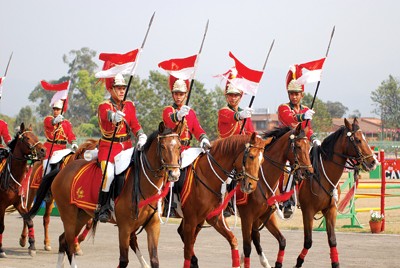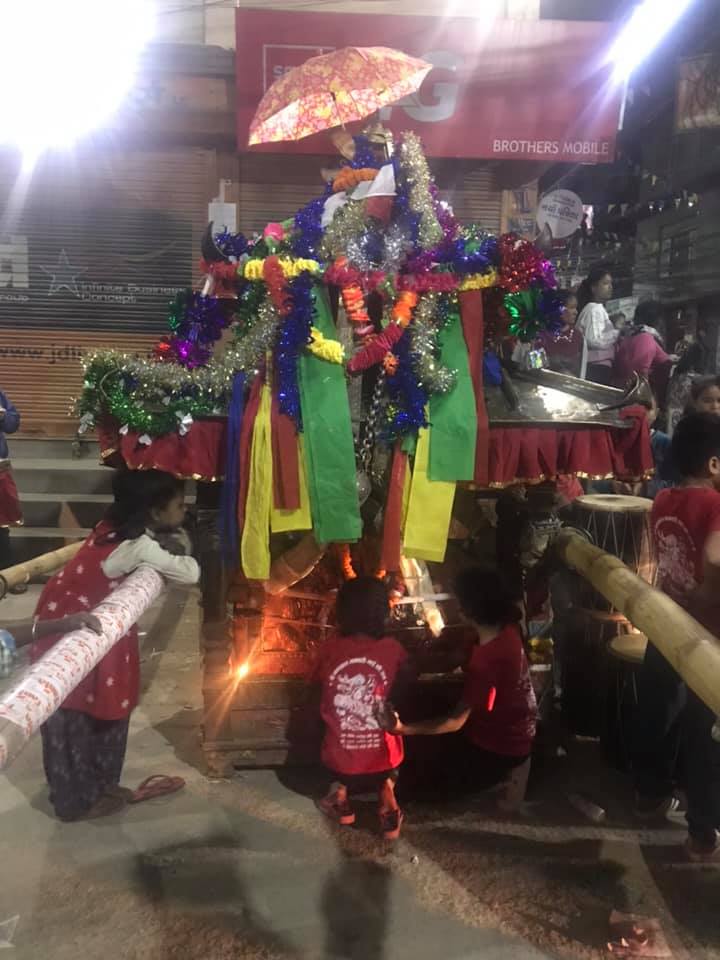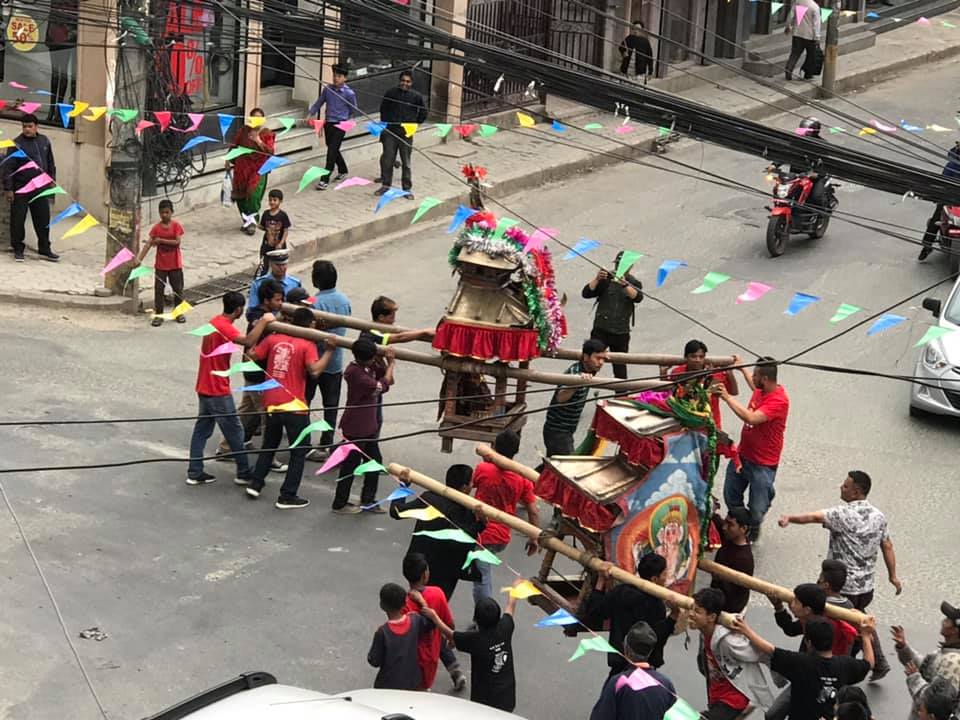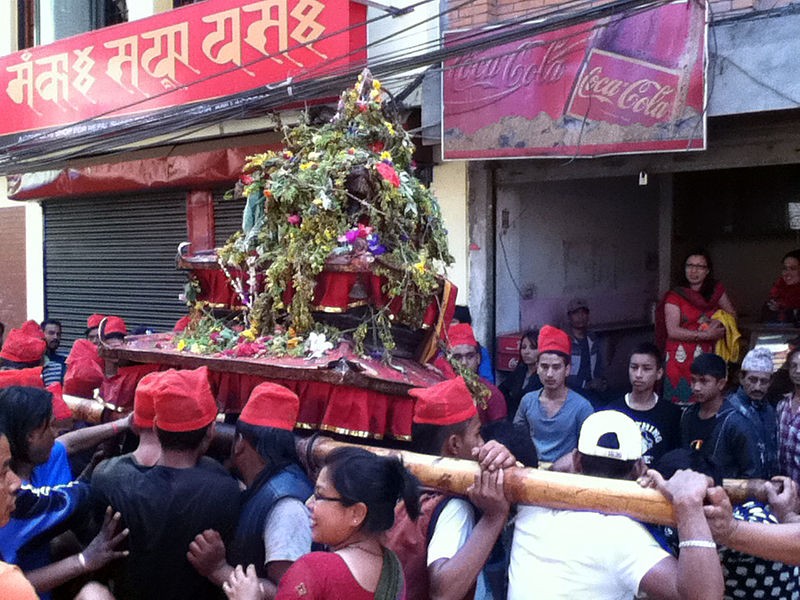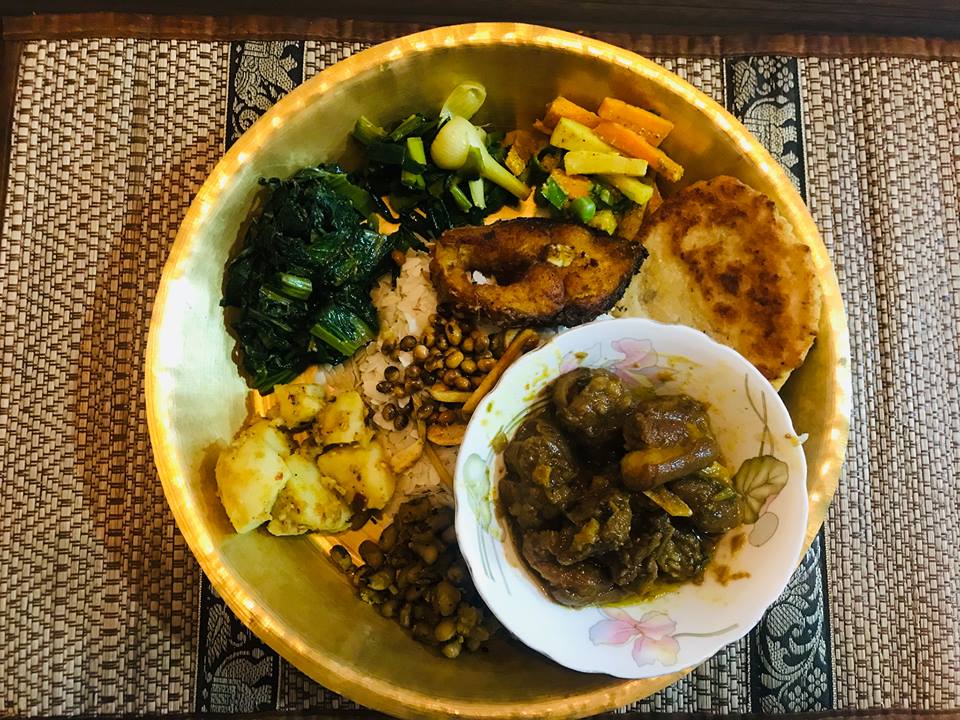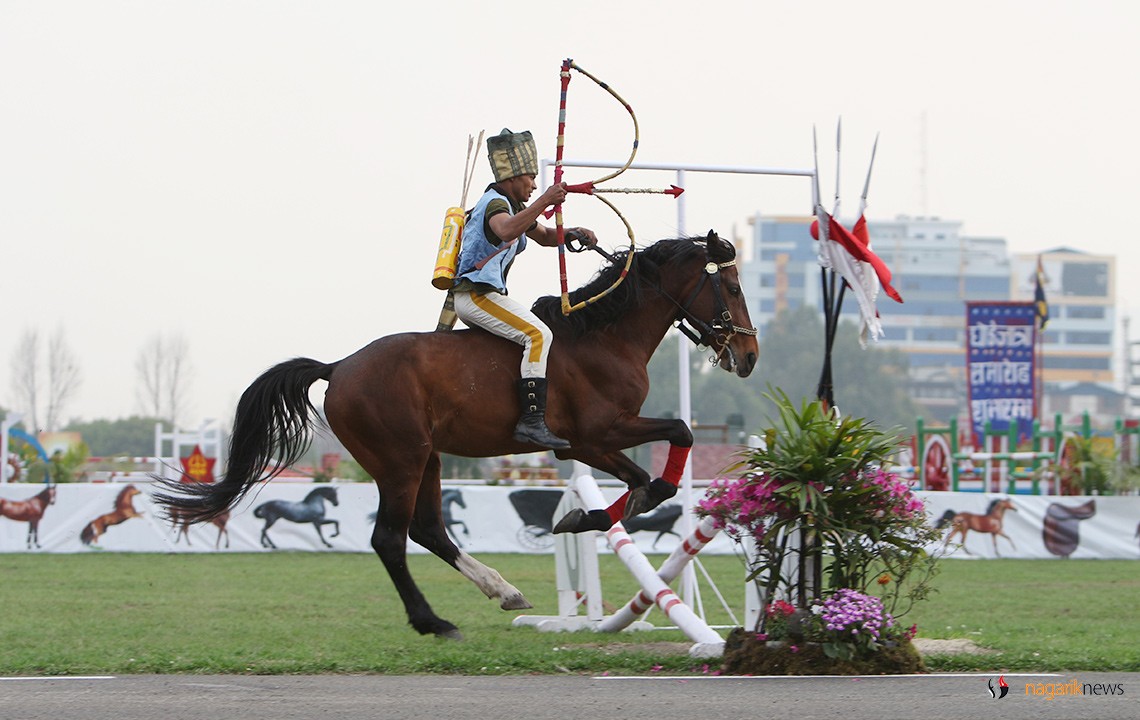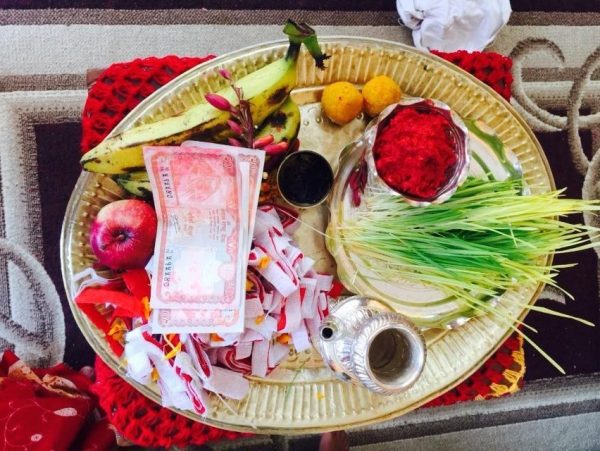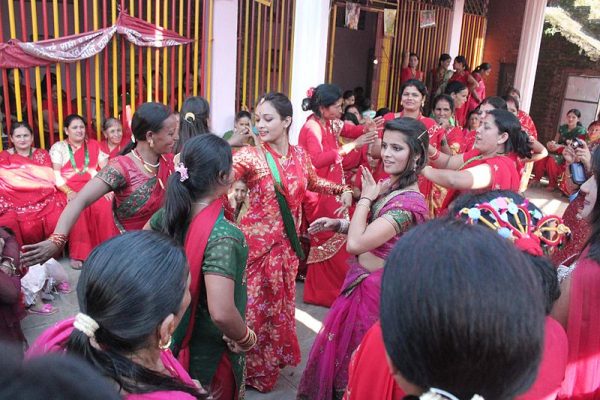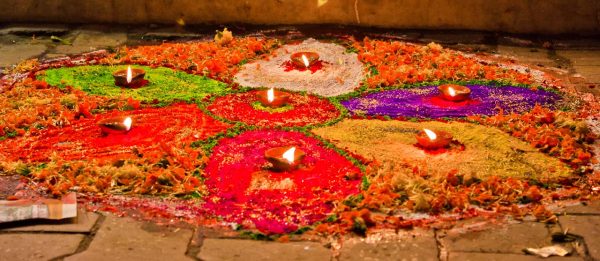Nepal is a multi-religious, multiethnic and multicultural nation that celebrates an innumerable festival. Nepal no wonder, is a land of the festival where each community embraces their distinct customs and traditions have been practicing for centuries.
Most of the festivals celebrated in Nepal have religious significance and some are based on important events from ancient legend and epic literature. While some of the festivals are held countrywide and some regionally. Each festival holds its own significance and story behind it. Festivals are one of the aspects that bond Nepalese people.
Among the numerous festivals, Ghode Jatra is one of the major festivals celebrated with high enthusiasm annually. Ghode Jatra, also known as the Horse Racing Day or the horse festival.
The word “Ghode” means horse and “Jatra” means a parade. This yearly horse race is the way horses trample on the evil spirits and stop it from rising again.
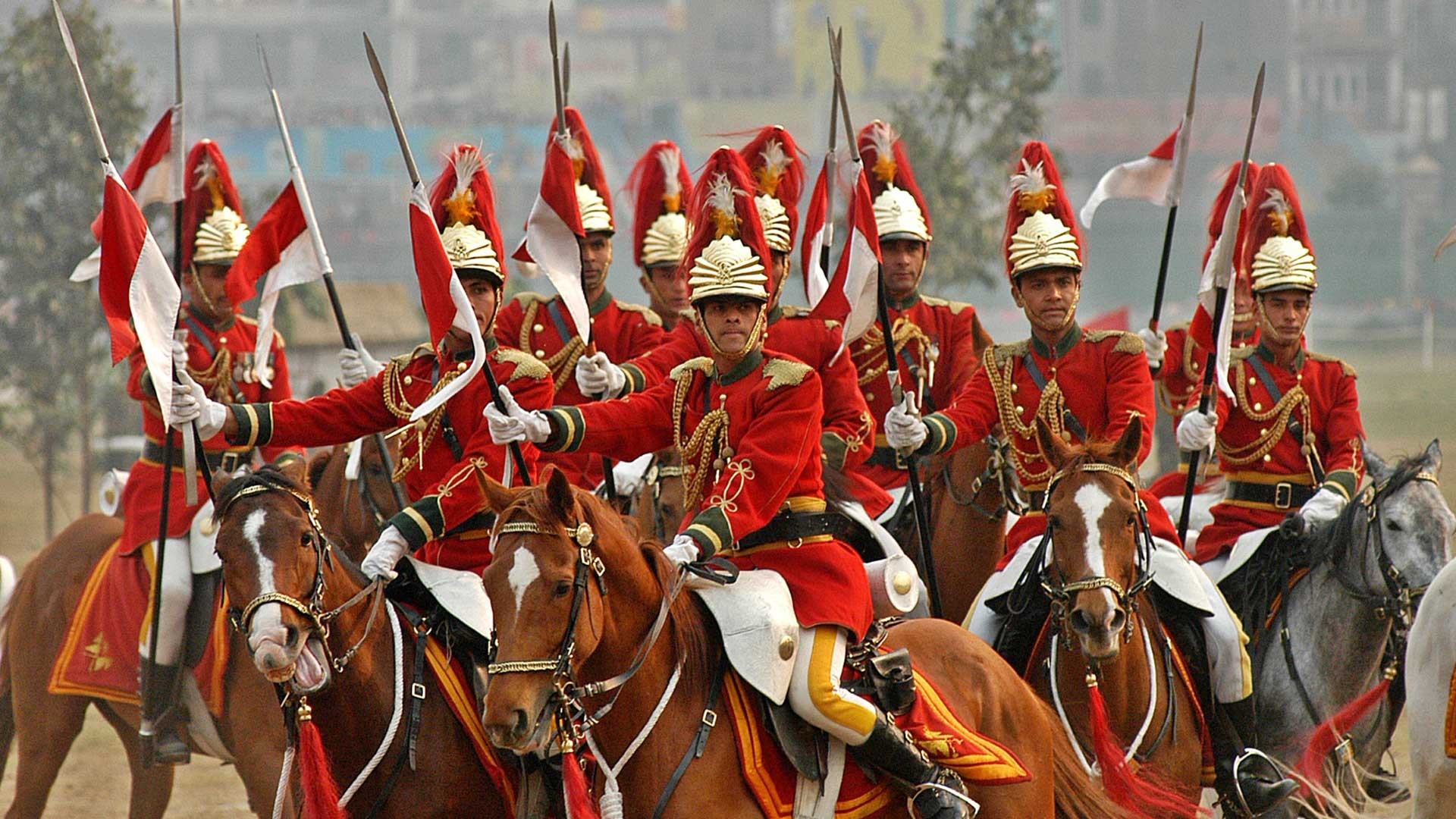
Ghode Jatra, also regarded as the auspicious day for consuming a large amount of meat and garlic, some even consider it a day when inhabitants in the streets may inebriate themselves.
The major highlights of this festival are a horse show, acrobatic shows, and a parade of chariots of the goddesses.
This unique festival filled with culture, history, customs, and festivities that generally happen either near the end of March or in early April. This year the festival falls on Chaitra 22, 2075. That is on April 5, 2019.
Earlier this festive season considered only for residents of Kathmandu. But today, the popularity of the festival has attracted people from all over Nepal and across the nation as well.
Formal Event in Tundikhel Ground
Every year, the celebration of Ghode Jatra is organized in the capital’s biggest open ground of Tundikhel. Nepal Army and Police together on the ground showcase various programs like Horse stunts, race, parade, motorcycling feats, athletics, and acrobatics.
These shows carried out in the presence of the army top brass, ambassador, the top government heads and diplomats of the state.
Huge masses gather around Tundikhel to watch the precise execution of movement demonstrated by the mounted soldiers and their noble steeds.
The bright uniforms of the Army band and their lustrous instruments, the adorned horses, and the cheerful music indeed create a joyful atmosphere.
The celebration of Ghode Jatra by Newar Community
Ghode Jatra (Ghode Jatra) is originally a Newari festival that holds significant importance in Newari society. It is a cultural festival that incorporates music, dance, and delightful cuisine.
This day marks a traditional bhoj (feast), representative of any major celebration in their culture in a Newari community.
Ghode Jatra occurs within the festival of Pahachare of Newar community celebrate for consecutive three days. In the Newari language, “Pahachare” means inviting guests.
The first day of Ghode Jatra
On the first day, Newar of several wards clean their localities and sewage considering it the worship of Lukumahadev. They carried out ritual and worship God and Goddess including some animal sacrifice in the morning.
Then, they take out the colorful parade of deities of Bhairab, Bhadrakali, Lamudi, and Kankeshwari on small rath (portable chariots), then brought to the Ason Bazaar
A grand feast begins at Ason where the palanquins (khat) crashed against each other beside the Annapurna temple. There is a belief that it symbolizes the meeting fest of Gods.
In the evening, deities on a palanquin are paraded through the city and taken to Tundikhel accompanied by musical bands.
Second and Third day of Ghode Jatra
Ghode Jatra is the second day where palanquins are placed in Tundikhel.
Another event happens on Ghode Jatra at Bal Kumari area in Patan. On this day, the horses are fed with spirits till they get intoxicated. Then drunken men (rider) dress in Newari attire ride on their back. People cheer and scream to enrage the horse until the intoxicated horse run swiftly with the rider clinging to it.
On this day, the most worshipped goddess is Bhadrakali also recognized by the Newari people as Lumarhi Devi.
There is a thought that the certain kings of Patan have commenced Ghode Jatra in the ancient times to give a better show in contrast to Tundikhel’s carnival. As in those times, people from Patan could not attain it.
Grand Feast
On the second and third days, the Newari family invite their married daughters and sisters home for a grand feast. The entire notion behind celebrating the festival could also be the celebration of the change in season.
Any grand festival with cultural importance takes place when the seasons are changing so that an extra festivity and food could work on the body and get rid of the common illness related to the change in weather conditions.
The celebrations assure sound health by eating nutritious food and time spent with family and relatives makes this day more special.
The legend behind celebrating Ghode Jatra
Legend reveals that a demon named Tundi was killed in Tundikhel and in the remembrance of triumph over a demon, this festival is observed.
According to mythology, once the evil spirits of the demon (Tundi) possessed Kathmandu who inhabited over the pasture, which is now at Tundikhel.
The demon used to create fear among the Kathmandu dwellers as it quenched its hunger by eating children and locals. After his death, people rejoiced by dancing on his body by riding horses.
It is likely to assume that the galloping of horses helps to chase away Tundi’s spirit. Riding horses in this field symbolize the celebration of the triumph over the demon called “Tundi”.
Looking at another legend, this festival marks the advent of the New Year. According to the lunar calendar, the festival celebrated on the day of Aunsi (no moon day), before the Chaitra Shukla Pratipada. The horse parade, religiously called Aswa Yatra, prepared to welcome the New Year.
The festival also holds its legend that the kings of Kathmandu used to worship Goddess Bhadrakali and Kumari in a courtly cavalcade. Later, this parade might have modified into a parade of horses adding horse shows, athletics, and races.
With time, the tradition of driving away evil spirits by racing horses transformed into a formal, national festival. The formal and cultural, are the two very different features of the festival that make it more distinctive for Kathmandu dwellers and visitors. Also, this festival connotes the arrival of vibrant colors of spring and bidding the farewell of winter.

